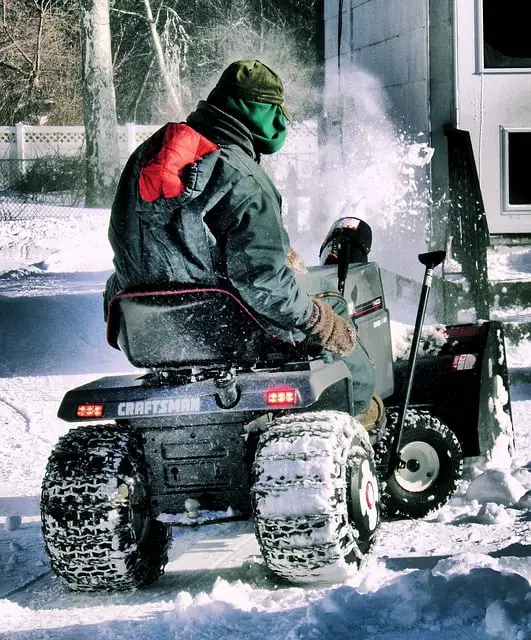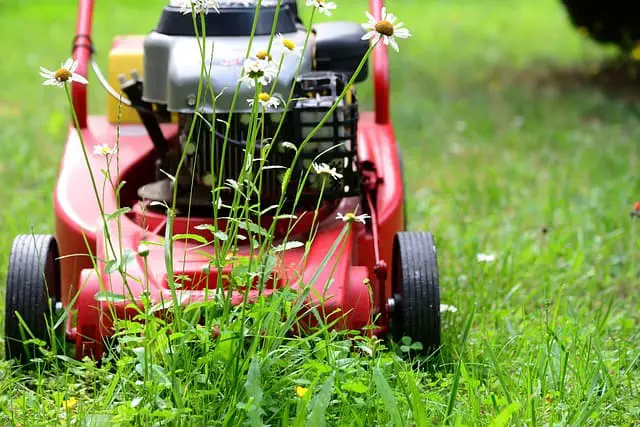Knowing if a subcompact tractor is worth it will depend on several factors. These include the size of the land you have to manage and what kinds of jobs you need it to perform. Generally, though, they are worth it. They’re ideal for small lawns and gardens with the capacity to do other things like haul substrate and remove snow.
Regardless, they’re not for everyone and they can’t handle everything in the same way as a larger tractor. But, they do provide convenience, comfort, ease of use and accessibility. No matter which way you want to split it, subcompact tractors are easy on the bank account.
What Makes Subcompact Tractors Worth It?
Because subcompact tractors are small, they’re worth it mostly due to the price and ease of access in acquiring one. They’re good for first-time tractor owners too, so they can get their feet wet with how it operates and maneuvers. Plus they have more capabilities than a riding mower but don’t have the hefty cost of a large tractor.
What is the Difference between a Compact and Subcompact Tractor?
There is a fine line of difference between compact and subcompact tractors. Some people contend that subcompact tractors have 25 horsepower or less, but that isn’t necessarily true. This usually relates to their size more than an engine’s power.
That said, there are some compact tractors that are smaller in size than certain other brands of subcompact tractors. Therefore, they’re both somewhat interchangeable and it will heavily rely on how the brand classifies the tractor.
What Kind of Jobs Can a Subcompact Tractor Do?
Depending on the kind of tractor you get and the features that come with it, you can use a subcompact tractor for any job you need. They’re great for gardening, landscaping, mowing, hauling, snow removal or for managing herds of animals.
- Animal Management: If a property owner has chickens, sheep, horses, cows or other animals, a subcompact tractor can help manage them. Plus, this kind of tractor is narrow and small enough to get between gates, pens and stalls as well as under fencing. It’s ideal for confined and tight barns or other similar structures.
- Gardening: Gardening purposes are what make a subcompact tractor worth it for many people with a sizable garden. It’s good for tilling, preparing seed beds and for weed control. The subcompact tractor makes the work easier, faster and more efficient. Attachments will include tillers, box scrapers, cultivators and blades.
- Hauling: Most subcompact tractors will have a trailer hitch installed on the back as well as a loader attachment. You can affix a wagon or cart to haul substrate, soil or other things across swaths of land.
- Landscaping: The loader attachment comes with many subcompact tractor models. Like hauling, it can help move earth or transfer large plants and trees. Other attachments include things like utility carts, sprayers, aerators and spreaders.
- Mowing: Mowing is one of the more basic and common uses as to why people find subcompact tractors worth the price. The blade attachment can handle a close, clean cut of any lawn, especially ones that have rough and uneven terrain. It won’t easily sustain damage from things like rocks and tree stumps.
- Snow Removal: The loader attachment for hauling and landscaping can also apply to clearing snow in the wintertime. The loader can push snow along with other attachments such as snow blowers and blades. This is ideal for areas that receive many feet of snow each year.
What Is the Expected Lifespan of a Subcompact Tractor on Average?
It’s very common for a subcompact tractor to last for about 25 years on average. But, this will depend on how well an owner cares for and maintains the equipment along with the brand’s reliability. Therefore it could last as little as 15 years or as much as 30 years or more.
What Classifies a Subcompact Tractor?
Aside from size, what classifies a subcompact tractor is the fact that the engine usually has 40 horsepower or less. However, they generally come in a range beginning as low as 22 horsepower to as much as 37. However, there are a few models that have 45 to 50 horsepower.
To demonstrate for comparison, this is about the same as a riding mower or a high-quality two-stage snow blower.
How Much Do Subcompact Tractors Cost?
Subcompact tractors can cost as little as $15,000 to as much as $40,000 or more. The price depends on size, features and brand trustworthiness.
Which Brands of Subcompact Tractors Are Most Reliable?
John Deere and Massey Ferguson make the most reliable subcompact tractors to date. They each have a variety of models that are great, durable and well-made. John Deere’s 1025R and 1023E come highly recommended by farmers and homesteaders alike.
What Should You Consider if a Subcompact Tractor is Worth It?
There are a few questions you should ask yourself to see whether a subcompact tractor will be worth it or not. The first and most important thing to ask yourself is, “What do I want a tractor for?” If you only need the machine for one job, perhaps consider getting that type of machine over a subcompact tractor.
For instance, if all you want to do is mow a fairly large backyard, then get a riding mower. Likewise, if all you want to do is remove snow, then get a snow blower. But, if you need the machine to do several job, like mow, remove snow and haul, then a subcompact tractor might be for you.
Consider this checklist of questions when trying to determine if a subcompact tractor will be worth it:
- How powerful should the engine be?
- Do you need to use the tractor on rough, hilly or difficult terrain?
- Do you want a manual or automatic transmission?
- Do you need it to have a lift capacity?
- What is the overall size of the space you need to manage?
- What is your experience with using tractors in general?


